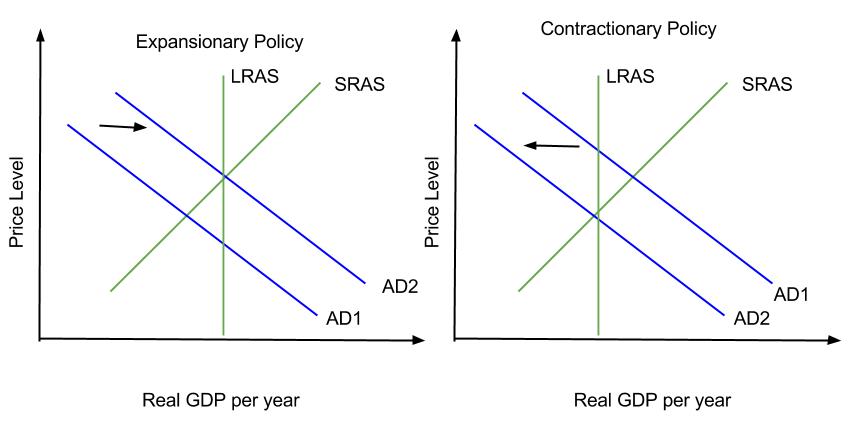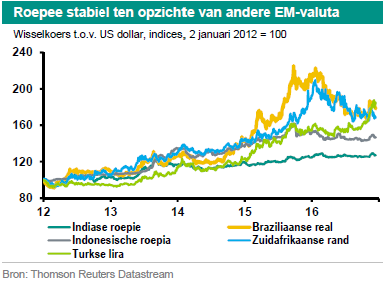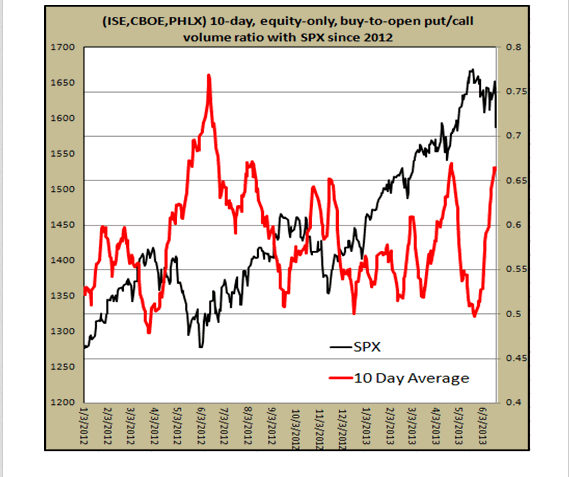

At any given price for selling cars, car manufacturers can now expect to earn higher profits, so they will supply a higher quantity. The shift of supply to the right, from S0 to S2, means that at all prices, the quantity supplied has increased. In this example, at a price of $20,000, the quantity supplied increases from 18 million on the original supply curve to 19.8 million on the supply curve S2, which is labeled M. We know that a supply curve shows the minimum price a firm will accept to produce a given quantity of output.
Calamities like war or famine must also affect the supply of goods. We are only too familiar with the shortage-of commodities caused by the war and the dislocation of production by famine. Even at higher prices adequate supplies are not forthcoming.

In order to account for increase or decrease in supply, we have to discover the factors which bring about a change in the very conditions of supply. In other words, we must ascertain why supply expands or shrinks irrespective of the changes in price. The answer lies in the changes in the system of production.
Factors affecting Supply
Of the supply curve so that at any price, the quantities supplied will be smaller, as shown in Figure \(\PageIndex\). An increase in the number of producers will cause an increase in supply. This occurs when firms supply more goods – even at the same price. For example, a new machine which enables more of the good to be produced for the same cost. A supply-side shock is when an economy faces shortages of a good in several markets. For example, if OPEC restricts the supply of oil, this will cause rising oil prices and a consequent rise in the cost of transport.

From the firm’s perspective, taxes or regulations are an additional cost of production that shifts supply to the left, leading the firm to produce a lower quantity at every given price. Government subsidies reduce the cost of production and increase supply at every given price, shifting supply to the right. Conversely, if the price of steel decreases, producing a car becomes less expensive.
Supply refers to the quantity of a good that the producer plans to sell in the market. The fiscal policy of the Government also may affect the supply. For instance, a higher import duty will restrict the supply and a lower duty will stimulate it. These are some of the factors which bring about changes in the conditions of supply and increase it or decrease it. Improvement in the means of transport reduces the cost and increases the supply of the product. Thus conditions of supply change.
In manufacturing industries, this is a very important factor. A new machine may have been invented, a new process discovered, or a new material found, or perhaps a new use may have been found for a by-product. The discoveries of synthetic dyes, artificial rubber and wool are some such discoveries or improvements in technique. Play the simulation multiple times to see how different choices lead to different outcomes. All simulations allow unlimited attempts so that you can gain experience applying the concepts. Increased size of output leading to economies of scale and effective mass production.
As price increases firms have an incentive to supply more because they get extra revenue from selling the goods. The monopolists may deliberately increase or decrease the supply as it suits them. Thus exercise of monopolistic power brings about a change in supply.
Government policies can affect the cost of production and the supply curve through taxes, regulations, and subsidies. For example, the U.S. government imposes a tax on alcoholic beverages that collects about $8 billion per year from producers. Taxes are treated as costs by businesses. Higher costs decrease supply for the reasons discussed above. The cost of production for many agricultural products will be affected by changes in natural conditions. For example, the area of northern China that typically grows about 60 percent of the country’s wheat output experienced its worst drought in at least fifty years in the second half of 2009.
However, if they switch to targetting sales or revenue maximisation, then we will see an increase in supply. Increase in government subsidies will also reduce the cost of goods, e.g. train subsidies reduce the price of train tickets. The profitability of alternative products. If a farmer sees the price of biofeuls increase, he may switch to growing crops for biofuels on all his fields and this will lead to a fall in the supply of food, such as wheat.
Movement along the supply curve
Draw a graph of a supply curve for pizza. If you draw a vertical line up from Q0 to the supply curve, you will see the price the firm chooses. An example is shown in Figure \(\PageIndex\). An increase in the price from 80 to 116 causes an increase in quantity supplied from 60 to 70. If price changes, there is a movement along the supply curve, e.g. a higher price causes a higher amount to be supplied.
- This is one set of conditions which brings about a change in the supply.
- For instance, in the 1960s a major scientific effort nicknamed the Green Revolution focused on breeding improved seeds for basic crops like wheat and rice.
- For example, the U.S. government imposes a tax on alcoholic beverages that collects about $8 billion per year from producers.
- If workers become more motivated and work hard, then there will be a significant increase in output and supply.
Lower direct taxes (e.g. tobacco tax, VAT) reduce the cost of goods. Quantity of skilled labour. The supply of highly qualified jobs like lawyers is fairly limited because of the qualifications required.
Factors affecting the supply curve
Conversely, if a firm faces higher costs of production, then it will earn lower profits at any given selling price for its products. As a result, a higher cost of production typically causes a firm to supply a smaller quantity at any given price. In this case, the supply curve shifts to the left. A government subsidy, on the other hand, is the opposite of a tax. A subsidy occurs when the government pays a firm directly or reduces the firm’s taxes if the firm carries out certain actions.
What happens to the supply curve when the cost of production goes up? Following is an example of a shift in supply due to an increase in production cost. Figure \(\PageIndex\), below, summarizes factors that change the supply of goods and services. Notice that a change in the price of the product itself is not among the factors that shift the supply curve. So that no other economically relevant factors are changing. If other factors relevant to supply do change, then the entire supply curve will shift.
Factors that cause a shift in supply to the right
Higher oil prices typically cause the supply of many goods to become more expensive and this can feed through into higher prices and inflation. The quantity of immigration. An unattractive job like fruit picking may depend on seasonal workers from abroad. If immigration is cut, this supply of seasonal labour may fall. If workers become more motivated and work hard, then there will be a significant increase in output and supply. The volume of production or supply is also influenced by progress in the technique of production.
Just as a shift in demand is represented by a change in the quantity demanded at every price, a shift in supply means a change in the quantity supplied at every price. Changes in the cost of inputs, natural disasters, new technologies, and the impact of government decisions all affect the cost of production. In turn, these factors affect how much firms are willing to supply at any given price. When a firm discovers a new technology that allows it to produce at a lower cost, the supply curve will shift to the right, as well.
Several other things affect the cost of production, too, such as changes in weather or other natural conditions, new technologies for production, and some government policies. Take, for example, a messenger company that delivers packages around a city. The company may find that buying gasoline is one of its main costs. If the price of gasoline falls, then the company will find it can deliver packages more cheaply than before. Since lower costs correspond to higher profits, the messenger company may now supply more of its services at any given price. For example, given the lower gasoline prices, the company can now serve a greater area, and increase its supply.
A change in the prices of the factors of production also brings about a change in the supply of the commodity. If the factors of production become cheap, the supply will increase, and vice versa. If rainfall is plentiful, timely, and well distributed, there will be bumper crops. On the contrary, floods, 7 factors that affect supply droughts, or earthquakes and other natural calamities are bound, to affect production adversely. This is one set of conditions which brings about a change in the supply. If firms are profit maximisers and collude with other firms, we may see a fall in supply as they try to maximise profits.
Joint supply occurs when two goods are supplied together. If you produce beef you will get leather as a side effect. If there is an increase in the supply of beef then there will also be an increase in the supply of leather.
For instance, in the 1960s a major scientific effort nicknamed the Green Revolution focused on breeding improved seeds for basic crops like wheat and rice. A technological improvement that reduces costs of production will shift supply to the right, so that a greater quantity will be produced at any given price. In the example above, we saw that changes in the prices of inputs in the production process will affect the cost of production and thus the supply.
